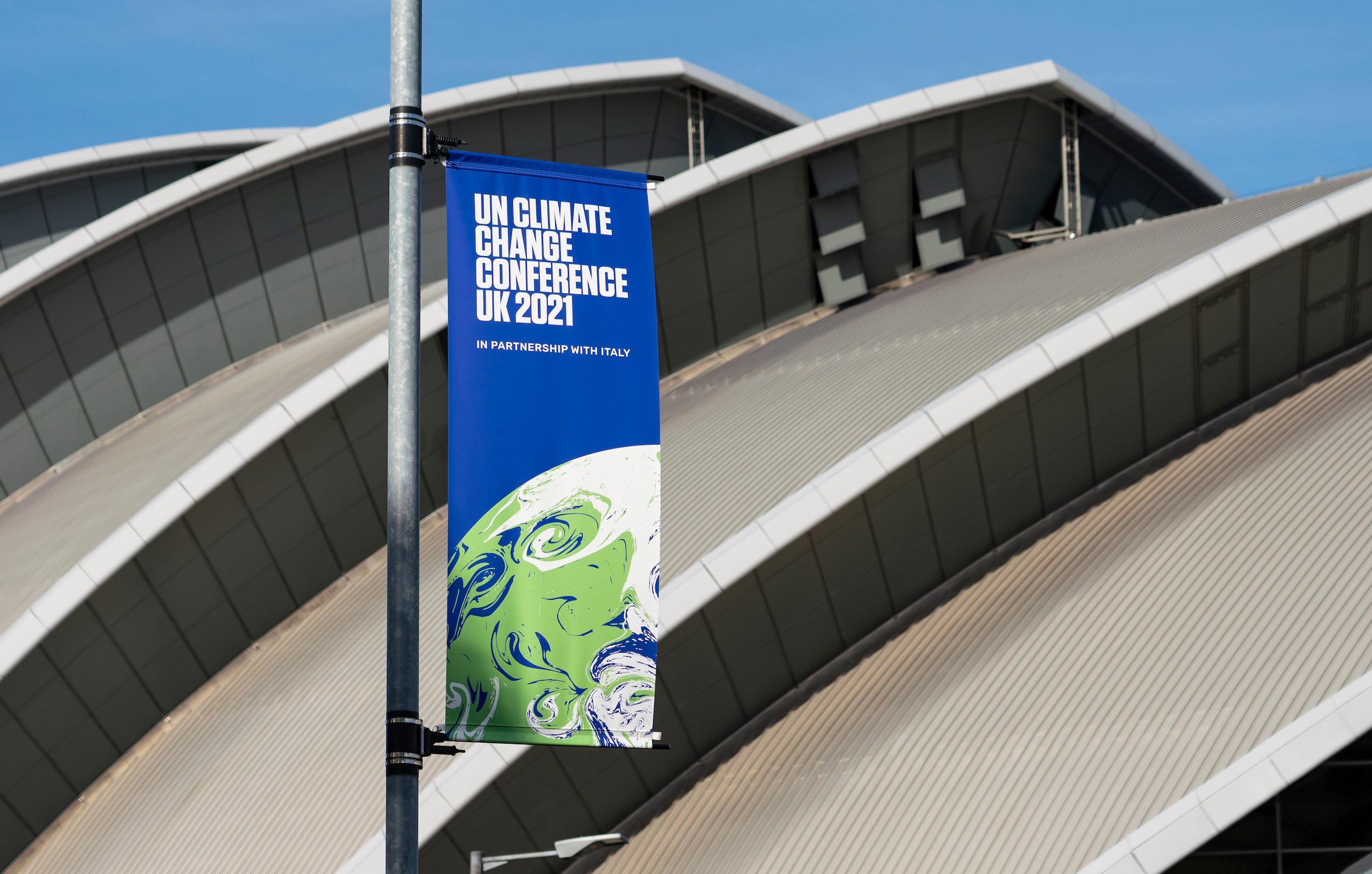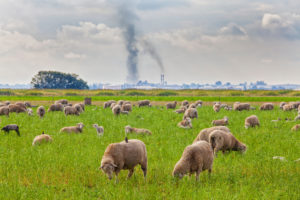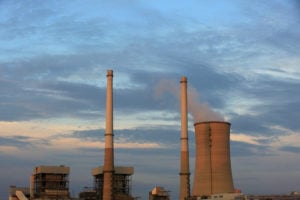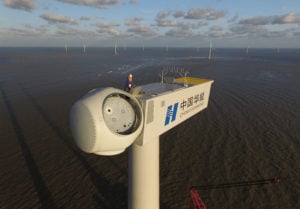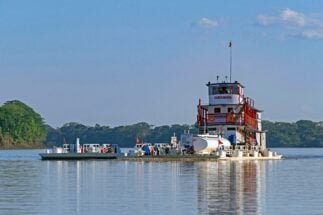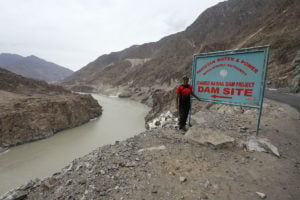COP26 is this year’s crucial UN Climate Change Conference, which is being hosted by the UK in Glasgow, Scotland, from 31 October until 12 November. The talks are organised under the United Nations Framework Convention on Climate Change (UNFCCC), an international treaty agreed at the Rio Earth Summit in 1992 in order to tackle global warming and deal with its effects. It came into force in 1994.
COP stands for “conference of the parties”, and is a summit where the 197 signatories to the UNFCCC – 196 countries and the EU – come together to make decisions on how to implement the treaty. This is the first COP since COP25, held in Madrid in 2019. The 26th UNFCCC conference, COP26 was originally due to take place in November 2020, but was postponed because of the coronavirus pandemic.
Who will attend COP26?
Over 20,000 people are expected to attend. This includes many heads of state during the first few days. China’s president, Xi Jinping, is unconfirmed, and since he didn’t physically attend this year’s other major COP – the first session of the UN Biodiversity Conference held in Kunming, China – it‘s unlikely he’ll attend. Russia’s president, Vladimir Putin, will not be attending but India’s prime minister, Narendra Modi, will. At the previous talks in Madrid, about half the attendees were government representatives, with the rest made up of experts, campaigners, businesspeople, citizens and journalists.
Delegates from less developed countries and civil society have complained that the talks may not be inclusive because their in-person participation has been hampered by vaccination, travel and quarantine issues.
What happens at COP?
The two weeks of talks in Glasgow begin off the back of the G20 Leaders’ Summit in Rome (30–31 October), which is expected to focus on the phase-out of fossil fuels and delivering increased ambition on the 2015 Paris Agreement to limit the global rise in temperature to 1.5C above pre-industrial levels. Heads of state will then participate in the World Leaders Summit in the first few days of COP26, where they’ll give speeches and hopefully make new commitments, setting the tone for the negotiations.
Each day of the talks has a theme or group of themes – such as finance; energy; and adaptation and loss and damage – which serve as a focus for events and discussions. Negotiations over the final text in the second week will centre on the remaining elements of the “Paris rulebook” – operationalising the Paris Agreement – and whether national commitments add up to an ambitious outcome. Negotiations are supposed to end on the Friday but often run over into the weekend.
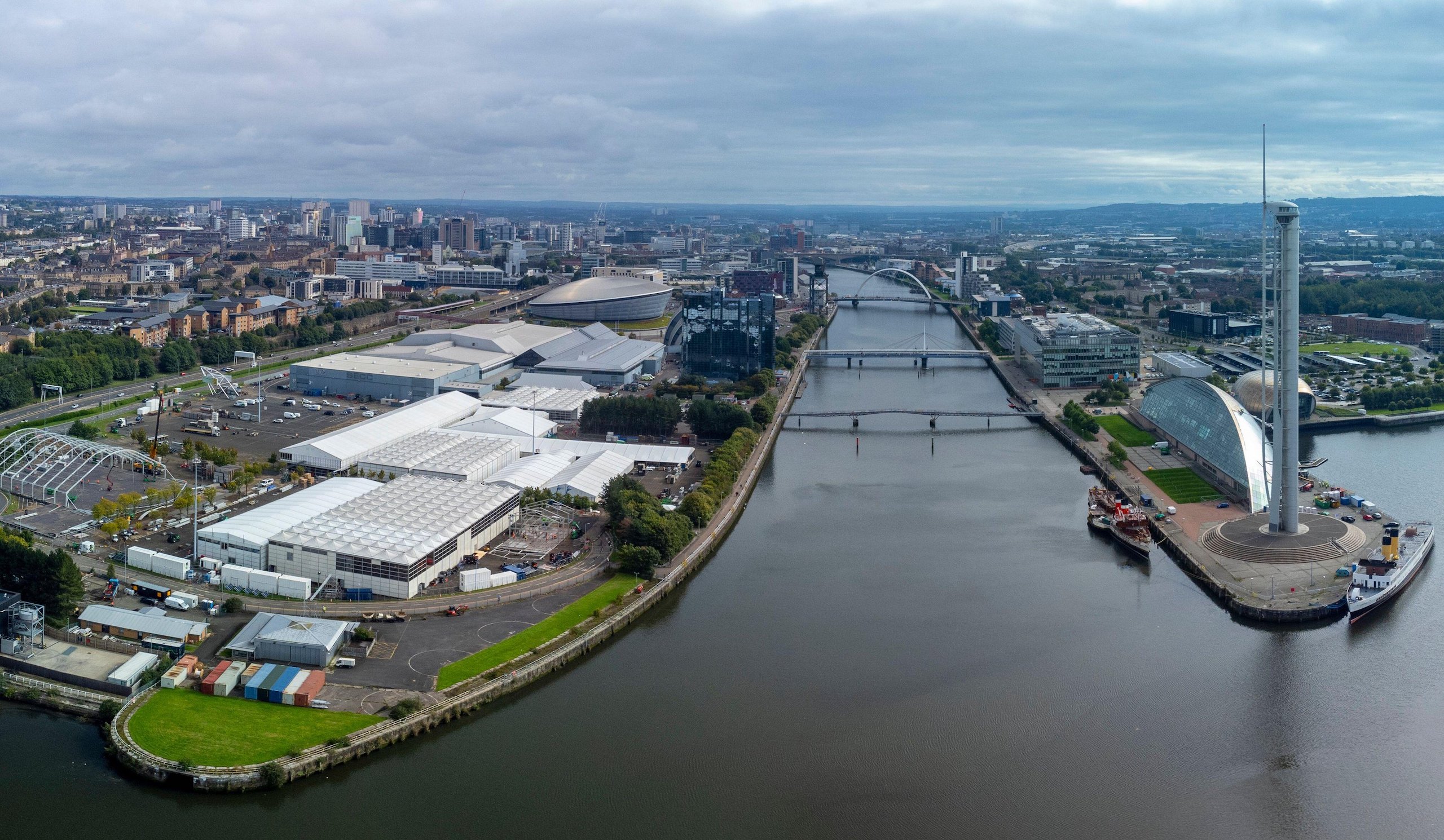
What’s changed since the last COP?
The window for action has narrowed. In August, the Intergovernmental Panel on Climate Change (IPCC) released the latest update in its comprehensive report on climate science, the Sixth Assessment Report or AR6. The report warned that there’s a fifty-fifty chance that the global average temperature will exceed 1.5C above pre-industrial levels in the next 20 years. Limiting this warming to 1.5C or 2C by the end of the century will not be possible without immediate major reductions in greenhouse gas emissions.
This comes on top of a year in which extreme weather events dominated the news, from flooding in China, South Asia and Western Europe to hurricanes and wildfires in the US. Climate change has never been higher on the public agenda because it’s increasingly being seen not just as an environment issue but one that affects our social and economic stability. And this is not just a problem for developing economies. While these nations have suffered the greatest number of deaths from disasters over the past 50 years, developed countries have faced hundreds of billions of dollars in economic losses. The AR6 notes that: “Human-induced climate change is already affecting many weather and climate extremes in every region across the globe.”
Another major shift since the last talks is the return of the US government to an active role in addressing climate change. It’s attempting to push through ambitious legislation at home and is using its diplomatic heft to encourage other countries, such as India, South Africa, Japan and Indonesia, to increase their ambition.
Why is COP26 important?
COP26 is the first major test of the 2015 Paris Agreement. When countries negotiated this, they agreed to limit the rise in global average temperature to well below 2C and pursue efforts to not exceed 1.5C above pre-industrial levels. To keep themselves on track with meeting the goals of the agreement, including staying within 1.5C, they created a ratchet mechanism to encourage regular increases in national ambition and a focus on taking short-term action to mitigate and adapt to climate change. This is based on the submission of national climate commitments, known as nationally determined contributions (NDCs), that countries agreed to update and improve on every five years. Those five years were up last December, but countries have been slow to update their NDCs because of the pandemic and the postponement of last year’s talks.
Are current NDCs on target for 1.5C?
Despite the extra time, countries have not submitted new and updated NDCs that are sufficient to successfully limit global temperature increase to 2C, let alone 1.5C. UN Climate Change assessed the 113 new or updated NDCs that had been submitted by the end of July, covering about half of global greenhouse gas emissions. For these countries, the NDCs are expected to decrease emissions by 12% in 2030 compared to 2010. The IPCC estimates that a 25% reduction is needed by 2030 to limit warming to 2C, and a 45% reduction to hit 1.5C. The UN will update its figures for all the recently submitted NDCs before COP26 starts.
What does success at COP26 look like?
Alok Sharma, a UK member of parliament serving as the COP26 president, is pressuring countries to raise the ambition of their NDCs going into the conference. “The science shows us that to keep 1.5 alive we must halve global emissions by 2030, and reach net zero emissions by mid-century,” he said at the launch of the IPCC’s AR6 report. Aside from this, the UK has been focusing its diplomacy on five high-impact areas in the run up to the talks: coal, transport, deforestation, methane, and finance and adaptation.
Sharma wants COP26 to “consign coal power to history”. This will require developing countries to commit to not building new coal and for developed countries to phase it out by the 2030s. The latest IEA World Energy Outlook shows that there is much to do to achieve this. It finds that, as of mid-2021, only 21 countries have committed to phase out unabated coal, representing just 4.1% of global coal-fired generation.
Coal financing also needs to end. The G7 advanced this agenda in June, and China boosted it further when it pledged to stop building new coal power overseas, although it’s unclear whether planned capacity in countries such as Indonesia, Vietnam, Cambodia and Zimbabwe will still go ahead.
On transport, the UK presidency wants large automakers to commit to making all new cars and vans zero-emission by 2040 globally, and by 2035 in countries with larger markets.
The hosts also want to see a commitment to halt and reverse deforestation this decade, and action on avoidable losses of methane from the energy, agricultural and waste sectors. At the UN General Assembly in September, the EU and the US announced the Global Methane Pledge to reduce emissions by at least 30% from 2020 levels by 2030. Over 30 countries and the EU have agreed to join the pledge, representing about a third of global methane emissions.
A major stumbling block going into the talks is the failure of developed countries to keep a 2009 promise to make US$100 billion a year available in climate finance for developing countries to help them decarbonise and adapt to climate change. Meeting the goal is a crucial test of whether developed countries can be trusted to keep their promises. It’s also fundamental to whether developing countries can achieve their NDCs, as many are conditional on receiving financial resources and support.
A related issue is the proportion of climate finance that is directed at helping developing countries adapt to climate change impacts. The Paris Agreement established the Global Goal on Adaptation (GGA) with the aim of “enhancing adaptive capacity, strengthening resilience and reducing vulnerability to climate change”, but not much has happened since then. This year’s talks also need to make progress on helping vulnerable countries avert, minimise and address unavoidable loss and damage due to climate change.
Countries must also finalise the Paris rulebook, including rules under Article 6 for carbon trading and international cooperation. Sonam P Wangdi, chair of the Least Developed Countries Group, which represents 46 nations, has also emphasised the importance of countries agreeing common timeframes of five years for NDCs. The UK has also been pushing countries to detail pathways to reach net zero by 2050, although some developing countries argue instead that developed countries should do more sooner given their historical emissions.
What happens after COP26?
It’s unlikely that the talks will deliver fully on the packed agenda so there must be a path forward to deliver enhanced commitments and solve financing and adaptation, says Nick Mabey, chief executive of climate think tank E3G.
Countries must agree on an approach to finance for 2025 onwards, as this is when the current goal of US$100 billion a year will end. It’s also important that countries continue to strengthen their NDCs to close the gap on the 1.5C goal. Sharma wants COP26 to set out “a roadmap” to do this ahead of 2030, given the critical importance of delivering large-scale emissions reductions before the end of the decade.
